Ha Giang Loop
The Ha Giang Loop, a rugged and breathtaking route in northern Vietnam, is a must-visit for adventurous travelers. Nestled along the border with China, this remote region offers an unparalleled blend of dramatic landscapes, rich cultural heritage, and raw, unfiltered experiences. Over four unforgettable days, I explored this unique corner of Vietnam, immersing myself in its natural wonders and the lives of local communities.
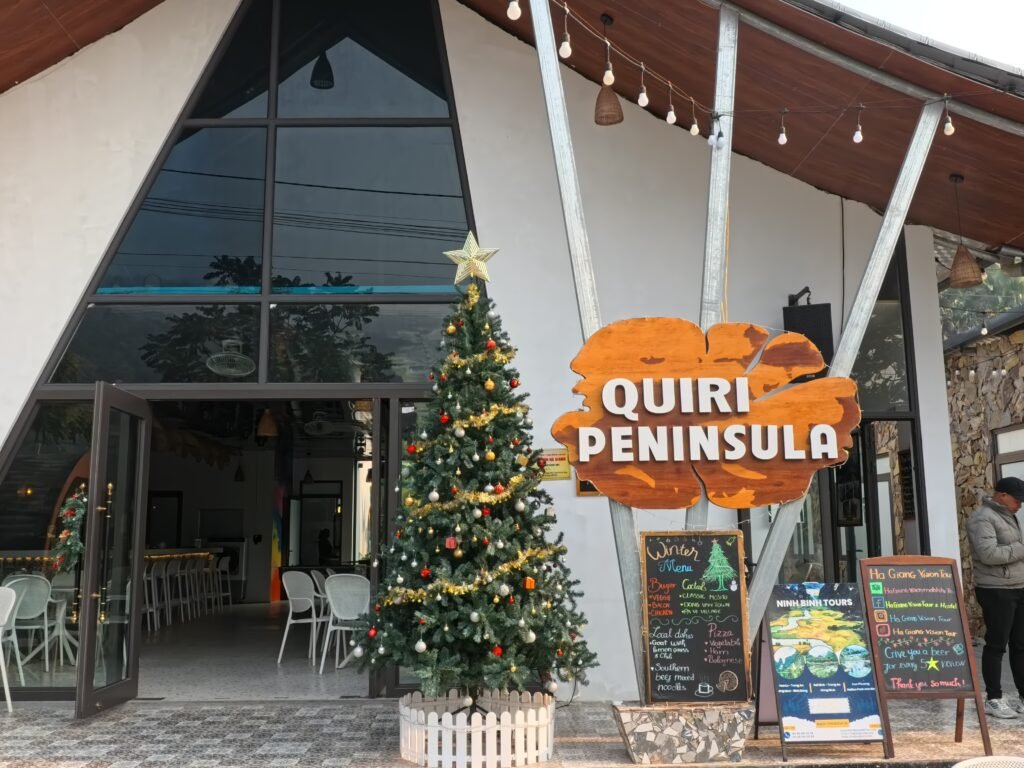

Arrival and First Impressions
My journey to Ha Giang began with an 8-hour bus ride from Tam Coc costing 34 USD. The trip itself was an adventure—basic amenities, locals with distinct highland features, and a cultural quirk: a roadside stop where the “restroom” was simply a dusty field under the stars.
Upon arrival, I settled into a hostel for the night, ready to discover this unique region.
Christmas on the Road
Christmas morning started on two wheels, joining a group of six travelers and four guides to explore Ha Giang’s famed landscapes. The weather was kind—sunny and not as cold as expected.
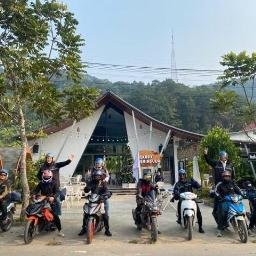

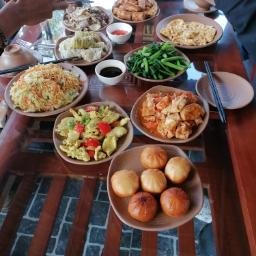
Hemp Weaving Workshop
Our first stop was a visit to a local family who shared their traditional hemp weaving process. Every step was done with remarkable craftsmanship, from cultivating the plant to spinning threads and dyeing with natural pigments. Their small showroom displayed vibrant clothing and accessories, each a testament to their heritage.

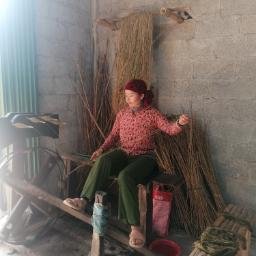
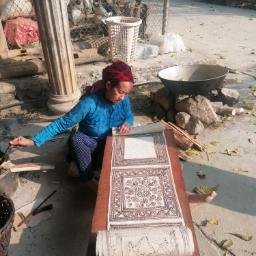
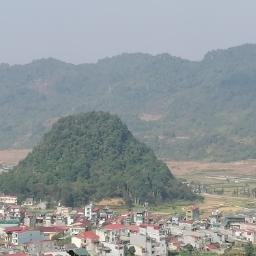
Tham Ma Pass
We rode through the Tham Ma Pass, 1,500 meters above sea level, offering panoramic views of the rugged terrain. Here, I learned about the Hmong people’s ingenious farming techniques, which involve cultivating corn and beans in rocky niches, often importing soil to create arable plots. The resilience and creativity of these communities were evident at every turn.
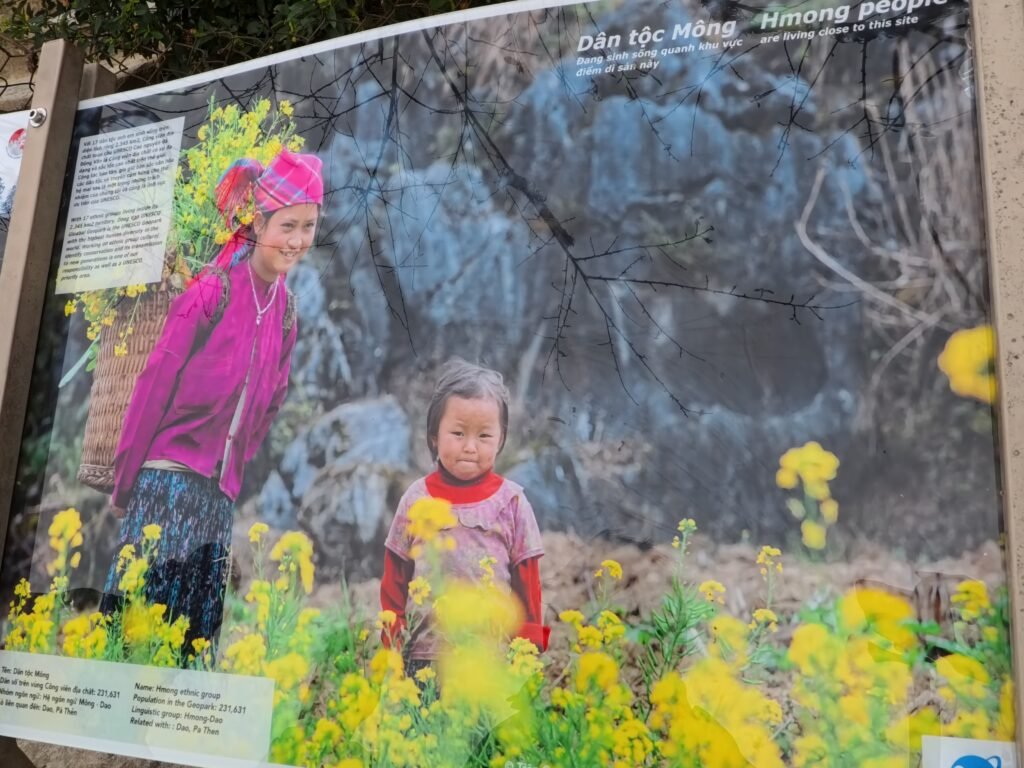
Dong Van Karst Plateau
The day highlights our visit to Lung Cu Flag Tower and Ma Pi Leng Pass in the Dong Van Karst Plateau Geopark.

Lung Cu Flag Tower
Adding a layer of historical and national significance to this already impressive landscape is the Lung Cu Flag Tower, located near the Chinese border. This landmark symbolizes Vietnam’s sovereignty and is a powerful reminder of the region’s strategic importance. From its summit, visitors are rewarded with panoramic views of the surrounding karst landscape, further emphasizing the grandeur of the geopark

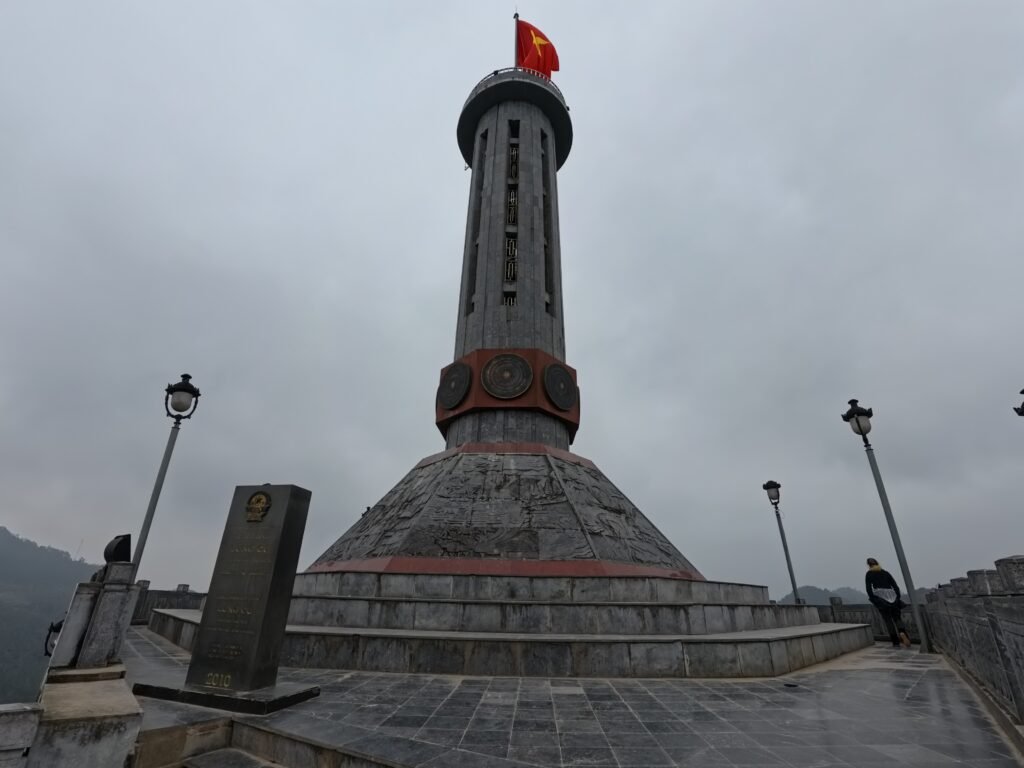

Ma Pi Leng Pass
The iconic Ma Pi Leng Pass is considered one of the most dangerous yet breathtaking roads in the Dong Van Geopark.
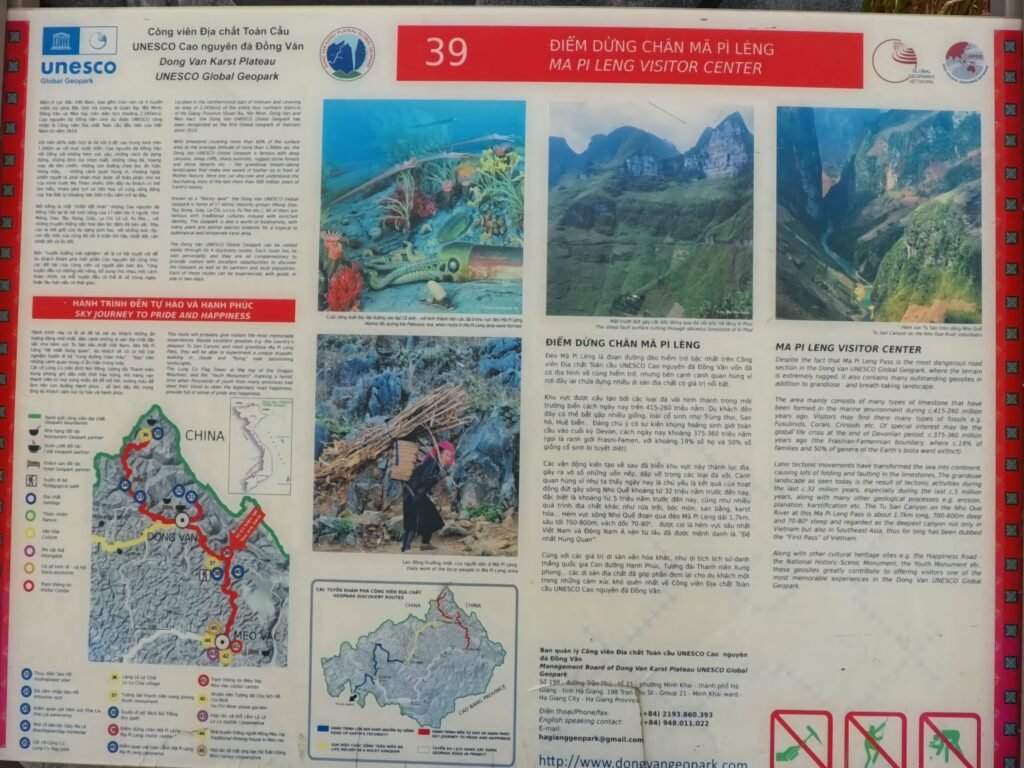
The Pass has become legendary for its dramatic beauty and challenging terrain. Carved into the very edge of the mountains, the pass clings precariously to the cliff face, offering dizzying views into the deep valleys below. It’s a testament to human ingenuity and perseverance, a road that has become synonymous with the adventurous spirit of the Ha Giang Loop.
Culture and History of Ha Giang Loop
Vuong Castle – Hmong Heritage
The following day brought cooler weather, but the journey remained engaging. We visited the Vuong Castle, built in the early 20th century by Vuong Chinh Duc (1865-1947), a powerful and influential Hmong king. Born into a Hmong family in Sa Phin commune, Vuong Chinh Duc rose to prominence through his shrewdness and talent, becoming the leader of the Hmong people.
This architectural marvel blends traditional Chinese Qing design with unique Hmong elements. Constructed from local materials and those from Yunnan, China, the castle stands as a symbol of the cultural exchange that has shaped this region This historic site, blending Chinese and French architectural styles, served as the residence of the Hmong leader and a symbol of their history.
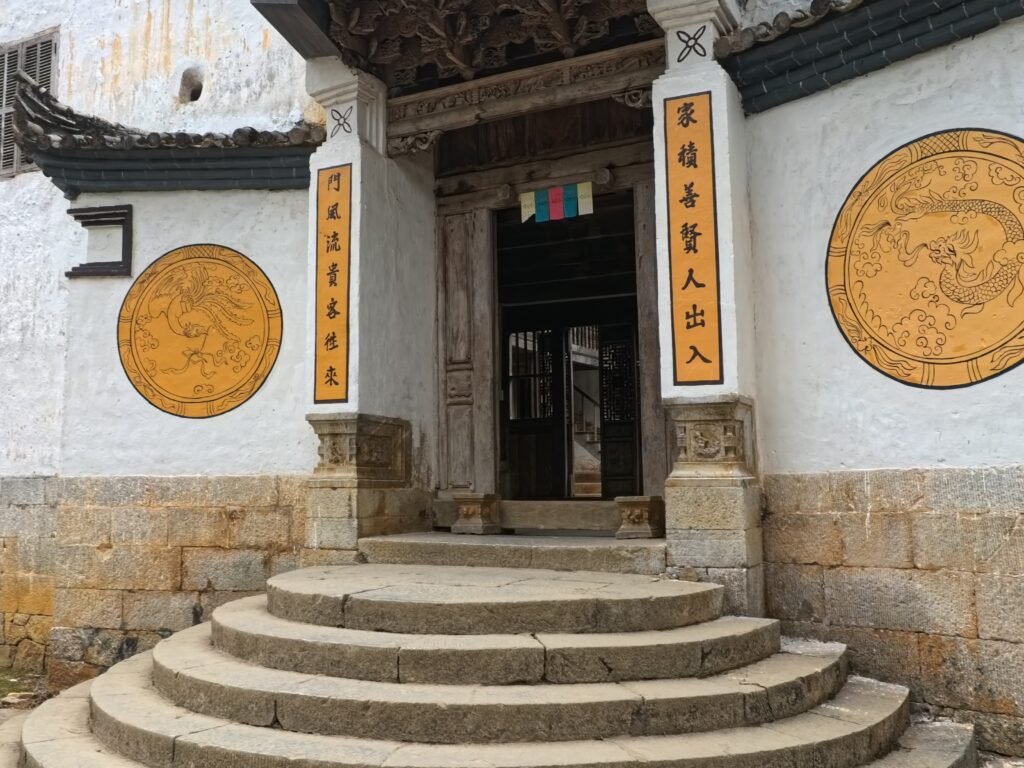
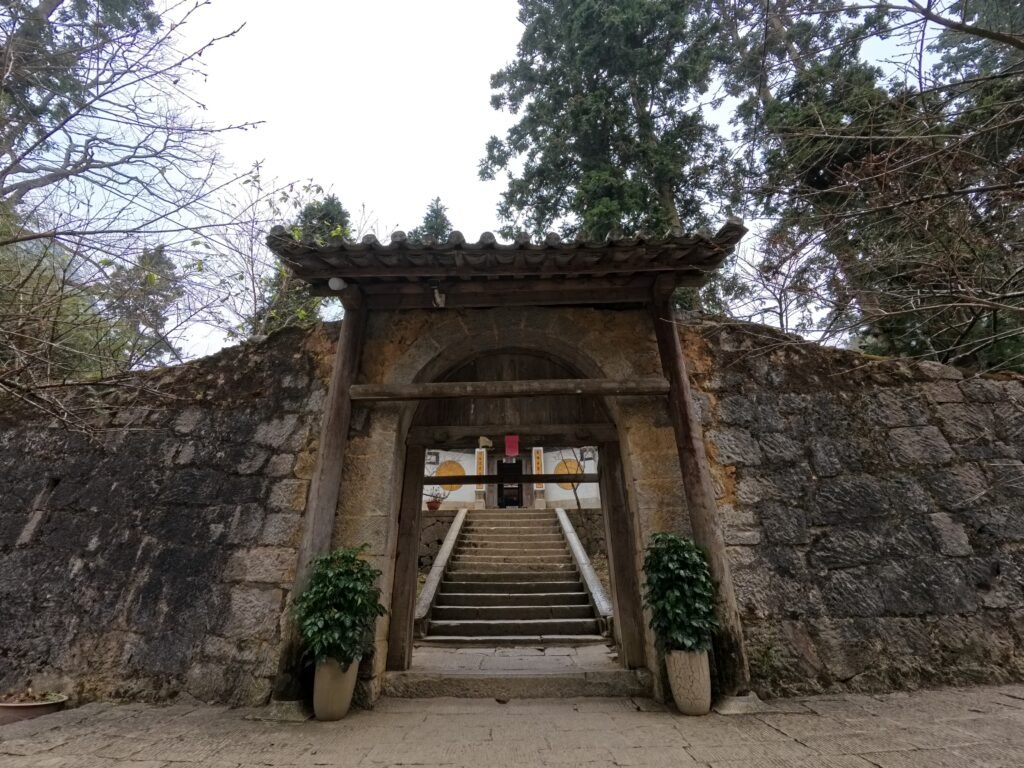
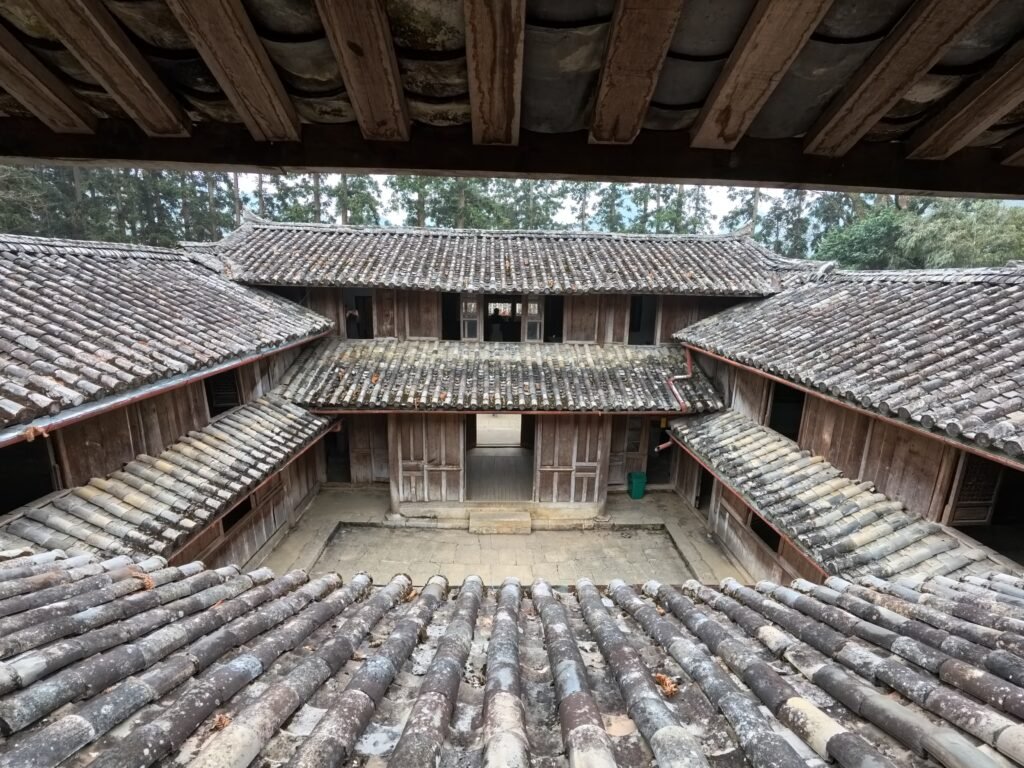
As we rode through mist-shrouded mountains, we encountered more ethnic minority communities, each offering a glimpse into their distinct traditions and way of life.
The Journey Back
The final day greeted us with fog and rain, adding a dramatic edge to the winding roads. Although the visibility was limited, the challenge added to the authenticity of the experience. After hours of rugged terrain, we returned to Ha Giang, exhausted but exhilarated.
Before heading back to Hanoi, I embarked on another adventure—a five-day tea production volunteering program—to delve deeper into the rhythms of rural life in Ha Giang.
The Dual Nature of Ha Giang
Ha Giang is a region of contrasts. Towering karsts, lush valleys, and scenic roads that seem to stretch endlessly. However, its rapid rise in tourism has brought challenges, from dust-filled roads to overdeveloped town centers. Despite this, the authenticity of its people and culture remains its greatest treasure.
Practical Tips for Travelers to Ha Giang Loop
- Best Time to Visit: March-May or August-September for clear skies and pleasant weather.
- Getting There: Overnight buses from Hanoi are the most common option.
- Riding the Loop: Motorbiking is the best way to explore, but guided tours are available for those less experienced.
- Don’t Miss: Sampling local cuisine and exploring village markets for handmade crafts.
- Packing Essentials: Warm layers for cool mornings, rain gear, and sturdy shoes for stops.
Final Thoughts
The Ha Giang Loop isn’t just a journey through breathtaking landscapes—it’s a deeper dive into the soul of North Vietnam. From the ingenuity of its people to its untouched beauty, this region captures the heart of anyone willing to venture off the beaten path.
Stay tuned for Part 2, where I’ll share more about the cultural and everyday life experiences that make Ha Giang unforgettable.

Leave a Comment
You must be logged in to post a comment.